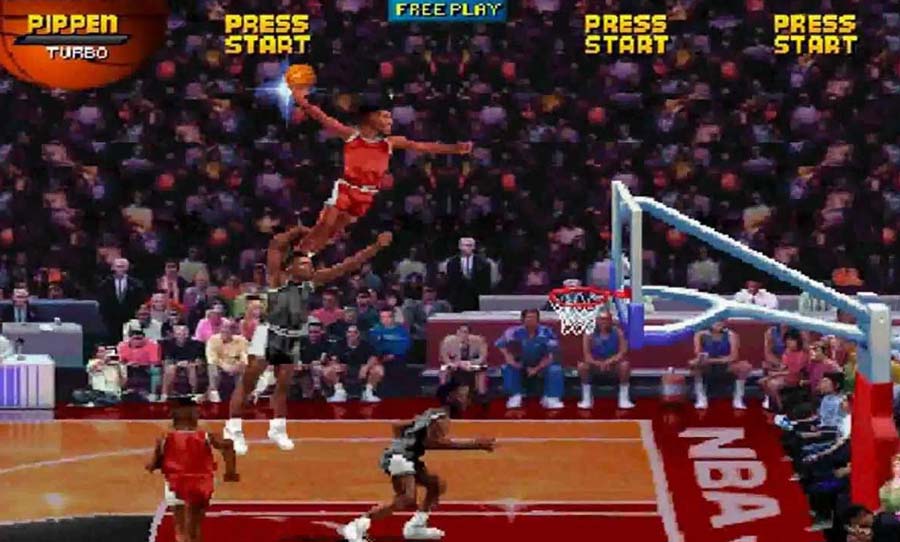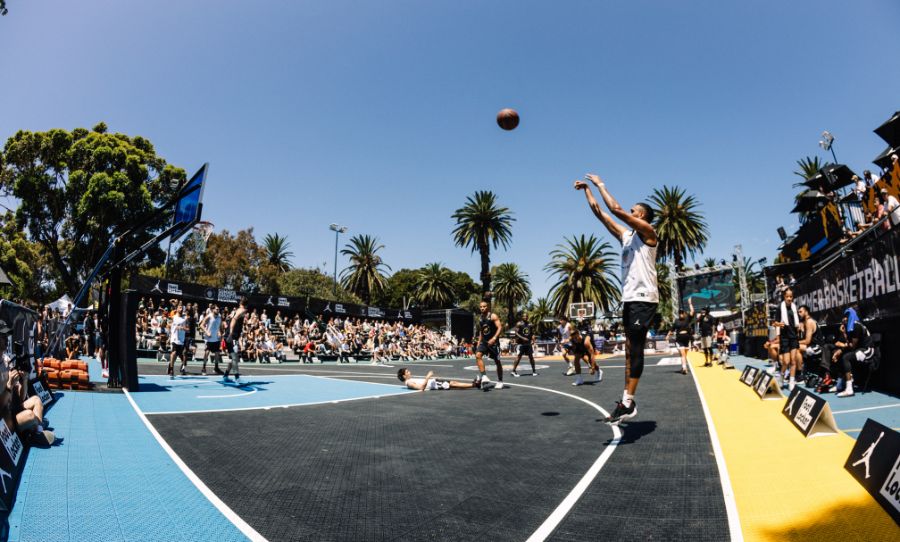NBA Jam was a true classic of the arcade era. A magical world of two-on-two hoops where the stars were big (think Michael Jordan in his heyday) and the dunks were even bigger.
In a chat with Ars Technica, NBA Jam game designer Mark Turmell explained the rationale behind many of the game’s unique elements: ‘on fire’ mode, ‘big head’ mode and the art of digitising actual players to mention a few. Critically, he also spilled the beans on a piece of code—inspired by the real-life running battle between the Detroit Pistons and Chicago Bulls—which affected the outcome of games between the arch-rivals. 
NBA Jam was a global arcade phenomenon throughout the ’90s. In a new documentary, the lead designer sheds light on a decades-old conspiracy.
At the heart of the cheat is the concept of ‘rubberbanding’. This is a common technique, usually employed in sports games to make things more interesting for longer; to keep raking in those arcade coins, blowouts in games had to be prevented. Therefore, players in a losing position would get CPU assistance (‘on fire’ mode, for example). This kept things tight and players would be encouraged to keep feeding in their hard-earned dollars.
In the real world of the NBA, there was a fierce rivalry between the Detroit Pistons and the Chicago Bulls. Being a Pistons fan, Turmell didn’t really have much to cheer about in the era of the all-conquering Chicago Bulls all-star lineup. To get some virtual revenge, he says, “I put in special code that if the Bulls were taking last-second shots against the Pistons, they would miss those shots.”
So if you were wondering why Jordan and Pippen couldn’t hit clutch shots against the Pistons, well, now you know.


